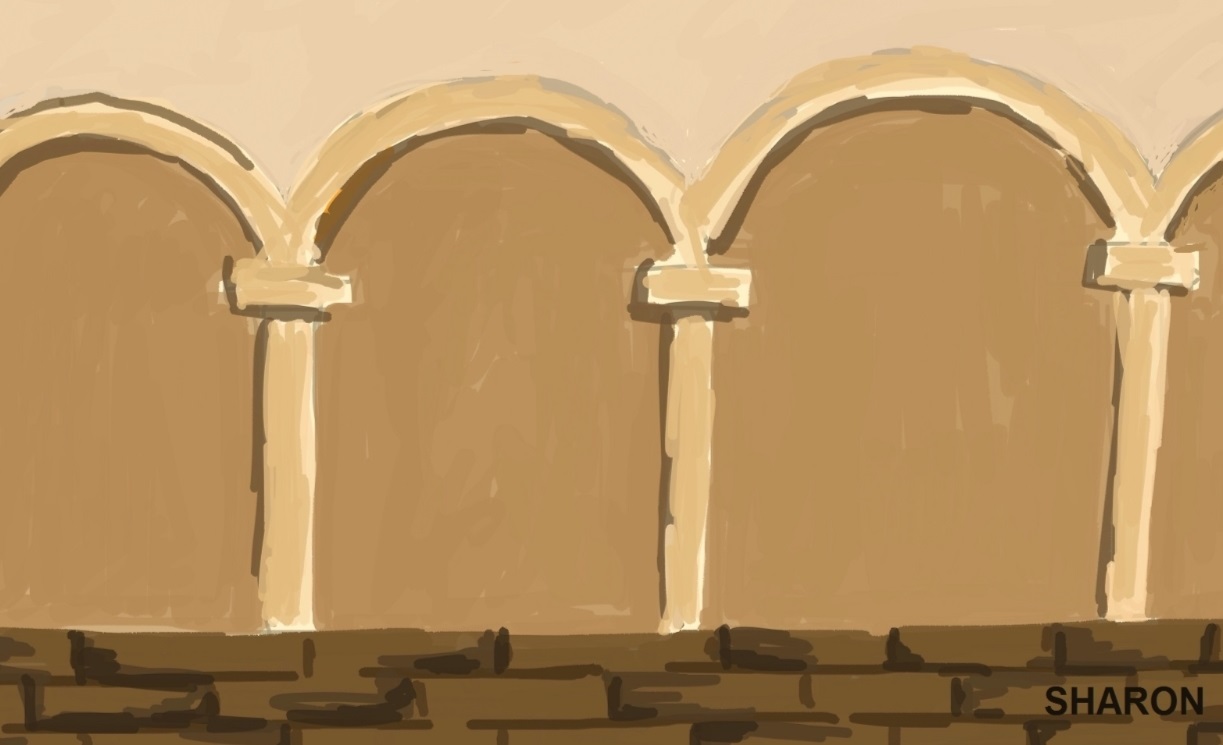Anne of Bohemia
Anne of Bohemia, who was orginally from Prague, married Richard II of England in 1832 and became Queen of England. She was highly educated and spoke several languages including French, German, Czech and Latin. Also, an earlier member of her family, a princess who spoke fluent Latin and was highly educated, St. Agnes of Prague, founded the Monestery of St. Savior in Prague in 1236.
For more information on Anne of Bohemia, read Anne's Bohemia: Czech Literature and Society, by Alfred Thomas.
Heloise and Abelard
The story of Abelard and Heloise is a true Romeo and Juliette love affair from the 12th century. Heloise (also known as Heloise of Argenteuil), was born in France approximately 1101 AD, and was raised by her uncle Fulbert of Notre Dame. Peter Abelard (born 1079 AD in La Pallet, France) was a noted scholar who became her teacher. They fell in love and Heloise had a son they named Astrolabe. They experienced terrible opposition from Fulbert, who arranged for thugs to break into Abelard's room and castrate him. He then enterered a monastary and Heloise became a nun, however they continued to write to each other. Heloise loved Abelard her entire life and was buried next to Abelard in the Pere Lachaise Cemetery in Paris when she died. The tragic story of their lives is recounted in Abelard's Historiam Calamitam (The History of My Misfortunes). A biography can be read at http://www.britannica.com/biography/Heloise-French-nun
Abelard and Heloise's love letters can be read at
http://www.sacred-texts.com/chr/aah/aah04.htm
The works of Abelard and Heloise can also be read in French at
http://www.pierre-abelard.com/table-traductions.htm
Peter Abelard came from a well-to-do family in Brittany, a region in northwest France. It is generally believed that he was approximately 15 years older than Heloise. Abelard is also known for writing Sic Et Non (Yes and No), a book of theological questions, with arguments for and against each question.
Abelard traveled from school to school until 1102 when he set up his own school in the town of Melun, France. He later moved his school and in 1108 set up a school at Mont Ste Geneviève in Paris and in 1114 became a master of the school of Notre Dame. He had opposition to his work as well as to his relationship with Heloise. His nemesis, St. Bernard of Clairvaux, denounced him to the Pope. In 1121, as a result of the Council of Soissons, he was forced to burn his book Theologia, a work that dealt with the subject of the Trinity.
Heloise was the ward of her uncle, whose name was Fulbert. Heloise was a highly educated woman. It came about that Abelard became her teacher and during the course of her studies, they fell in love.
Although women did not have as many educational opportunities as men during Medieval times, some women were education, mainly in convents and other shcools. To read an article on Medieval women and eduction visit http://rosaliegilbert.com/education.html
Hungarian
Hungary changed to use of the Latin alphabet at about the time of the reign of Stephen I (1000 - 1038 A.D.)
Medieval Monasteries
In Medieval times, many classical literary works were preserved as part of the work of the monasteries. Medieval monks would painstakingly copy ancient manuscripts by hand, thereby preserving many ancient works that would otherwise be lost.
Scriptorum (meaning a place for writing) refers to the room where the work was carried out.
Old French
Old French refers to the French language as it was spoken from the 9th to the 15th century.
An on-line dictionary of Old French can be found at http://www.godswatcher.com/dicta.htm
Slovene - Freising Manuscripts
The Slovene language is psoken in Slovenia, a country bordering on Austria, Hungary, Croatia and the Adriatic Sea (to the southwest). The earliest Slovene text was written approximately 1000 A.D. and is known as the Freising Manuscripts (Brinski spomeniki in Slovenian). The work is religious in nature and can be read in Slovenian at http://nl.ijs.si/e-zrc/bs/html/bsIN.html.
